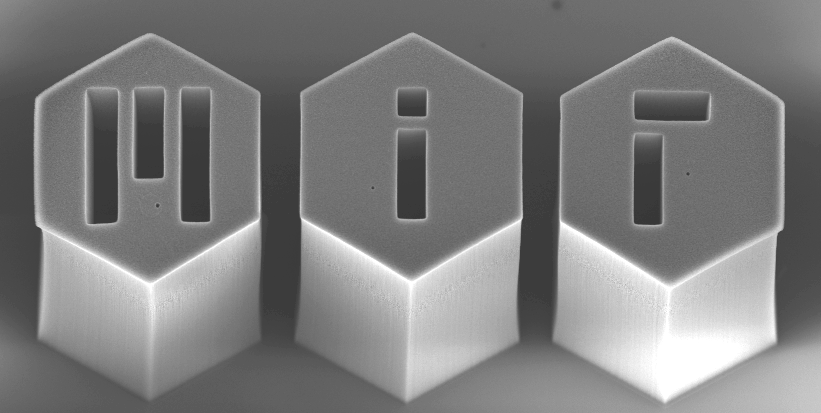E.J. García, A.J. Hart, B.L. Wardle. AIAA Journal 46(6):1405-12, 2008. [http://dx.doi.org/10.2514/1.25004]
[PDF]
Hybrid composite architectures employing traditional advanced composites and carbon nanotubes offer significant potential mechanical and multifunctional performance benefits. The architecture investigated here is composed of aligned fibers with carbon nanotubes grown radially on their surface. A novel process for rapidly growing dense, long, high-quality, aligned carbon-nanotube forests is employed. Two fundamental issues related to realizing hybrid composite architectures are investigated experimentally: wetting of the carbon nanotubes by thermoset polymers and retention of mechanical (stiffness and strength) properties of the fibers after the carbonnanotube growth process. Wetting of carbon-nanotube forests by two commercial polymers (including a highly viscous epoxy) is demonstrated at rates conducive to creating a fully dispersed carbon-nanotube/matrix region around the fibers in a typical composite. Single-fiber tension tests indicate no mechanical degradation for alumina fibers undergoing the carbon-nanotube growth process. Results indicate that hybrid carbon-nanotube/composite architectures are feasible, and future work focuses on mechanical and multifunctional property characterization of other hybrid architectures and scaling to a continuous carbon-nanotube growth process.
Disclaimer: The PDF document on this webpage is provided for educational and personal purposes alone and is subject to copyrights of the publisher.

